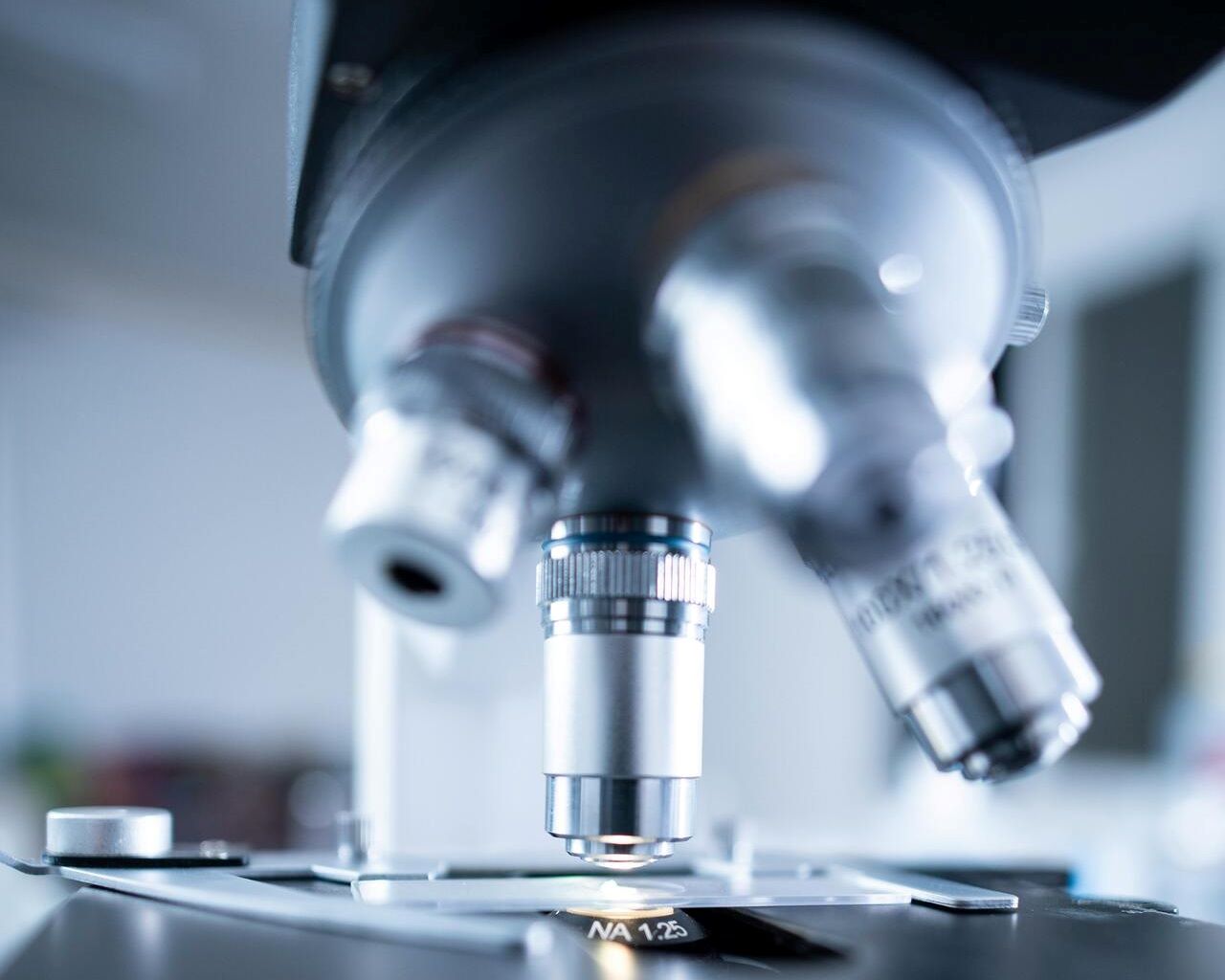A semen analysis is the objective starting point when pregnancy is not happening. The standardised assessment shows whether sperm concentration, movement and shape are sufficient for fertilisation. Here is a practical overview: realistic costs, the current WHO standard, clear preparation steps and evidence-based measures that can improve semen quality.
What is a semen analysis (spermiogram)?
It is a laboratory test to assess male fertility. Typical measures include:
- Ejaculate volume (ml)
- Sperm concentration (million/ml) and total count per ejaculate
- Motility (total and progressive)
- Morphology (percentage of normally shaped sperm)
- Vitality (living sperm)
- pH and leucocytes as an inflammation indicator
Parameters are measured using internationally accepted protocols and are always interpreted in clinical context (history, course, associated findings).
When is a semen analysis appropriate?
Investigation is recommended after 12 months of regular unprotected intercourse without pregnancy. Earlier testing is sensible with risk factors (e.g. varicocele, undescended testis, after chemo-/radiotherapy). For a structured work-up, see the EAU guideline on male infertility.
- Primary or secondary infertility
- Abnormal hormones or pubertal disorders
- Pre/post-vasectomy checks
- Recurrent miscarriage
- Surgery or radiotherapy in the pelvis
Semen analysis – cost & funding
Typical in India: about 30-80 dollar per test privately. With a clinical indication, the NHS may cover testing via GP or specialist referral; private medical insurance cover varies by policy. Fertility centres often offer packages including a repeat test. Important: results fluctuate — plan a repeat after ~ 6 weeks to smooth natural variation and measurement error.
Semen analysis: process & preparation
Preparation
- 3–5 days’ abstinence (for comparability)
- No fever or acute infections; avoid long sauna sessions
- Minimise alcohol and nicotine; ensure sleep and stress reduction
Sample collection
- Wash hands and penis with water and soap
- No lubricant or condom with additives
- Collect the entire ejaculate in a sterile container
- For home collection, keep at body temperature (~ 37 °C) and deliver within 60 minutes to the laboratory
In the lab, standardised measurements (microscopic/digital) are performed per the WHO manual.
WHO reference values (6th edition, 2021)
The WHO reference lists, among others, these thresholds:
- Volume: ≥ 1.5 ml
- Concentration: ≥ 15 million/ml
- Total count: ≥ 39 million per ejaculate
- Total motility: ≥ 40%
- Progressive motility: ≥ 32%
- Morphology (normal forms): ≥ 4%
- Vitality: ≥ 58%
- pH: ≥ 7.2
Values below these thresholds do not automatically mean infertility, but they do warrant medical interpretation and follow-up.
Laboratory quality: what to look for
- Accreditation (e.g. DIN EN ISO 15189)
- Regular external quality assurance/ring trials
- Strict WHO protocols, documented SOPs
- Double reading or a quality-assured second review
Helpful patient information on diagnosis and treatment is available from the NHS and the UK regulator HFEA.
Turnaround & report
The analysis usually takes 60–120 minutes. A written report is often available within 2–4 working days — commonly via a secure online portal followed by a clinical discussion.
Interpretation: what do deviations mean?
- Oligozoospermia — low concentration
- Asthenozoospermia — reduced motility
- Teratozoospermia — abnormal morphology
- Cryptozoospermia — extremely low concentration
- Azoospermia — no sperm detected
To account for natural fluctuation, a repeat after ~ 6 weeks is usually advised — same preparation and conditions.
Common causes
- Hormonal disorders (testosterone, FSH, LH, prolactin)
- Genetics (e.g. Klinefelter syndrome, Y-microdeletions)
- Infection/inflammation (e.g. chlamydia, mumps orchitis)
- Lifestyle (smoking, alcohol, obesity, chronic stress)
- Heat/environment (tight clothing, sauna, pesticides, plasticisers, microplastics)
- Temporary factors: fever, certain medicines
Structured assessment includes history, examination, hormones and, if indicated, genetics — see EAU Male Infertility.
Practical tips: improve semen quality
- Stop smoking and reduce alcohol
- Normalise weight (even 5–10% loss can help)
- Regular, moderate exercise; avoid overheating
- Stress management (breathing exercises, sleep hygiene, realistic workload)
- Diet rich in fruit/veg, omega-3 and zinc; cut highly processed foods
- Supplements with care (e.g. CoQ10, L-carnitine) after medical advice
Realistic timeline: improvements often need at least 3 months — the length of one spermatogenesis cycle.
Patient-friendly overviews: NHS treatment; evidence-based guidance: NICE CG156.
Comparison & alternatives
| Option | Purpose | Best for | Good to know |
|---|---|---|---|
| Repeat semen analysis | Offsets fluctuation and measurement error | Borderline or inconsistent findings | ~ 6-week interval, same preparation |
| Hormonal & genetic testing | Find the cause | Azoospermia, markedly abnormal values | Karyotype, Y-deletion, FSH/LH/testosterone |
| IUI (intrauterine insemination) | Prepared semen placed in the uterus | Mildly reduced motility/concentration | Low-invasive; success rates vary |
| IVF/ICSI | Laboratory fertilisation; ICSI injects one sperm | Markedly reduced semen quality | Informed consent essential; see HFEA and NICE |
| TESE/MESA | Surgical sperm retrieval | Azoospermia (obstructive/non-obstructive) | Multidisciplinary decision |
| Fertility preservation | Cryostorage before gonadotoxic therapy | Prior to chemo-/radiotherapy | Plan early; seek counselling |
When to see a doctor
- No pregnancy after 12 months of regular unprotected intercourse
- Abnormal first result or azoospermia
- Risk factors: varicocele, undescended testis, chemo-/radiotherapy
- Pain, swelling or signs of infection
Guideline-based assessment and treatment are summarised in the EAU guideline.
Myths & facts
- Myth: “One semen analysis is always enough.” — Fact: Values fluctuate; repeating after ~ 6 weeks improves reliability.
- Myth: “A hot bath or sauna improves quality.” — Fact: Heat often lowers motility; cooler, breathable clothing is preferable.
- Myth: “More exercise equals more fertility.” — Fact: Moderate activity helps; over-training and heat may harm.
- Myth: “Supplements solve everything.” — Fact: CoQ10, L-carnitine etc. may support, but don’t replace cause-finding and lifestyle change.
- Myth: “The longer the abstinence, the better the result.” — Fact: Usually best is 2–5 days; very long gaps can reduce motility and vitality.
- Myth: “Tight underwear doesn’t matter.” — Fact: It raises testicular temperature; loose boxer shorts are often better.
- Myth: “A normal semen analysis guarantees pregnancy.” — Fact: It’s a snapshot; fertility also depends on timing and female factors.
- Myth: “Morphology must be over 14%.” — Fact: Current WHO references use ≥ 4% normal forms; older cut-offs can mislead.
- Myth: “Bad values stay forever.” — Fact: After infections, fever or lifestyle changes, parameters often improve within ~ 3 months.
- Myth: “Laptop on your lap is fine.” — Fact: Direct heat sources raise testicular temperature and may impair quality.
- Myth: “Caffeine/boosters give an instant lift.” — Fact: Moderate intake is usually fine; high doses, energy drinks and sleep loss are counter-productive.
- Myth: “Varicocele always needs surgery.” — Fact: Surgery can help in selected cases; decisions are individual and guideline-based.
- Myth: “COVID-19 causes permanent infertility.” — Fact: Temporary worsening can occur; values often normalise over months.
- Myth: “DNA fragmentation testing is necessary for everyone.” — Fact: It’s an add-on for specific scenarios (e.g. recurrent miscarriage), not a routine for all.
Summary
A semen analysis provides a clear status check. WHO references set the frame, but the decisive factor is the overall clinical view with trend, history and partner assessment. Many factors are modifiable — with realistic expectations, focused lifestyle optimisation and, if needed, modern reproductive medicine. You’ll go into your consultation well prepared.

